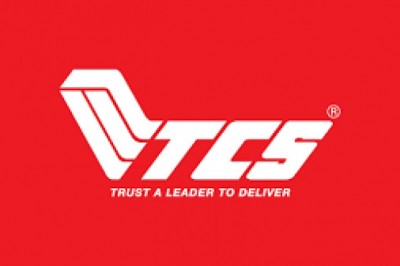views

Food Additives are edible items that are added to a food or food mixture to enhance its taste, odour, appearance and other inhibitive qualities. All these food additives have been categorized into several classes, so it is easy to comprehend their use, both for the food producers and the authorities.
There are a total of 27 functional classes, categorized and numbered under the international codex. Here we will elaborate on classes 21 to 27.
Functional Classes Part 21 to 27
#21Preservatives
Food preservatives are added to increase the shelf life of the food for a specific period of time. Preservatives are found in almost every packaged food ranging from milk to frozen foods. These impart antibacterial, antifungal and antimycotic properties to the food product. The most common examples of food preservatives include benzoates, nitrites, sulfites, and sorbates.
#22Propellant
As the name suggests, a propellant is used to push out the food product from a sealed container. Food items such as whipped cream which are sold in pressurized cans use these propellant gasses for dispersion. Some common examples of these propellants are carbon dioxide, nitrogen, butane, and propane.
#23Raising Agents
These are either single or a combination of several additives, which release gasses and impart fluffiness to the food item. Raising agents are widely used in the baking industry for making raised and fluffy doughs. Common examples of raising agents include air, yeast, baking soda, baking powder, and steam. These can be further classified as air, steam, carbon dioxide and chemicals.
#24Sequestrant
A sequestrant acts both as a preservative and a stabilizer to improve the quality of food. A sequestrant forms chelate complexes with polyvalent metal ions, which can prevent the oxidation of fatsin the food. Some examples of commonly used sequestrants are calcium chloride, sodium gluconate, sodium tripolyphosphate.
#25 Stabilizer
These food additives are mostly used as binders and help in maintaining a uniform dispersion of two or more components. These can be used with different kinds of food such as foam and emulsions. Stabilizerssmoothen the texture of the food and impart them a nice appearance. Some common examples of stabilizers are gelatin, carrageen, guar gum, and alginate.
#26Sweeteners
These food additives are added to food substances to impart a sweet taste to the food. These are not mono ordi-saccharide sugars and can either be obtained artificially or naturally. Some common examples of sweeteners include honey, sugar, sorbitol, corn syrup, and aspartame.
#27Thickener
A thickener imparts a more thick and pasty texture to a food product. Thickeners are widely used in making curries, yogurt, sauce and another slimy kind of foods. It acts both as a binder and atexturizing agent. The most common examples of thickeners are cornstarch, arginine, collagen, furcellaran and arrowroot.
Author Bio
The author is a renowned expert in matters of food safety and health and an experienced Regulatory Affairs Executive.












